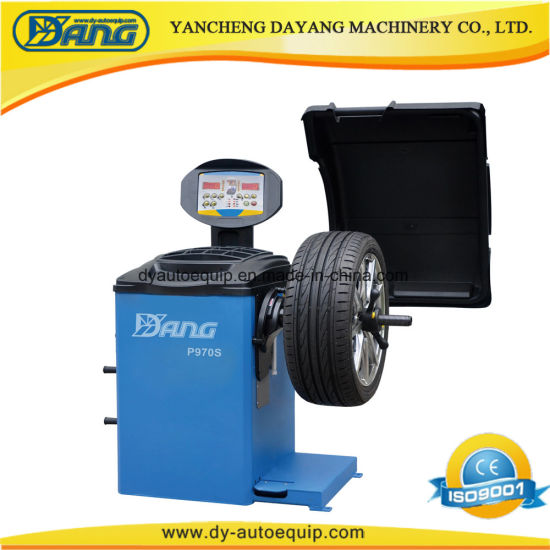Maintenance February 26, 2020
If you own a car, you’ve probably heard about the importance of wheel alignment and wheel balancing. Both of these services extend tire life and improve handling performance, but they shouldn’t be confused for the same thing!
So, what is the difference between wheel alignment and wheel balancing? Keep reading to find out.
What is wheel alignment and balancing?Wheel Alignment
A wheel alignment refers to an adjustment of your vehicle’s suspension (the system that connects a vehicle to its wheels) to make sure the wheels are positioned correctly relative to the road.
There are three types of angles adjusted during a wheel alignment:
Camber: The inward or outward angle of the tire when viewed from the front of the car.
Toe: The inward or outward angle of the tire when viewed from above the vehicle.
Caster: The angle of the steering axis when viewed from the side of the vehicle.
Don’t underestimate the importance of a tire alignment. Without proper alignment, your wheels will resist steering commands and your tires will wear unevenly. Regular alignments will help your tires perform to the best of their ability and last longer.
Wheel Balancing
Wheel balancing refers to an adjustment of any weight imbalances in a tire/wheel. An out-of-balance tire causes a shaky, uneven ride. If left untreated, this uneven distribution of pressure and weight increases the wear and tear on your tires, forcing you to replace them more often than necessary.
To balance your tires, a technician will dismount the wheels from the vehicle and put them onto a special balancing machine. The machine spins the tire at high speeds to determine where there are imbalances. Then, the technician mounts small wheel weights to the tire and wheel assembly to correct the imbalances.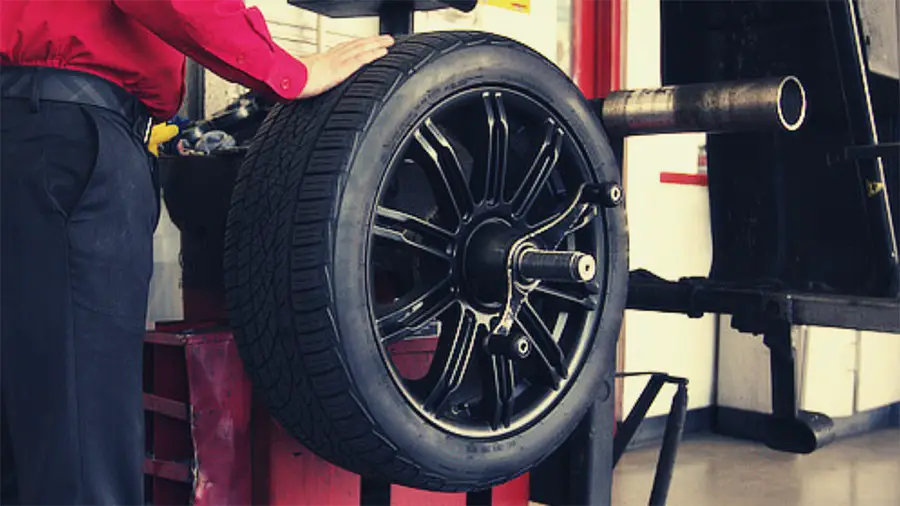
Wheel Alignment
Wheel Balancing
Read: What Pothole Damage Can Do to Your Car
What are the symptoms?Wheel Alignment
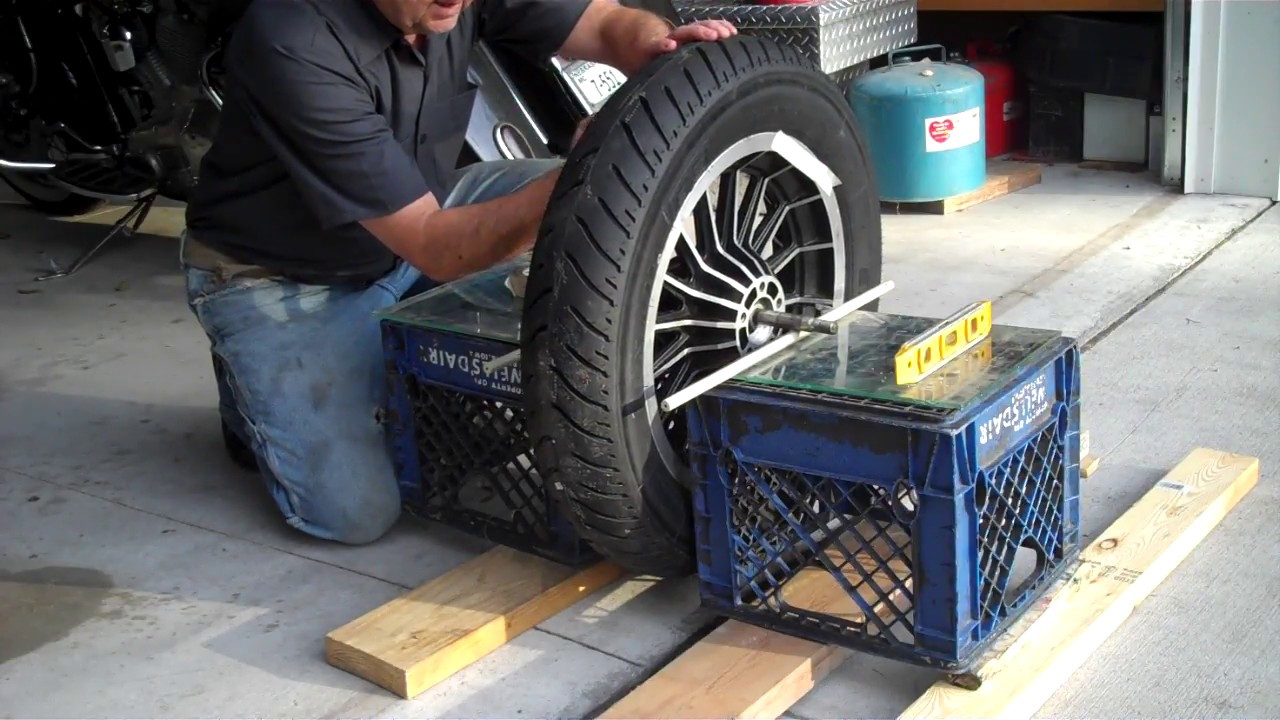 Does the sensation remind you of saw teeth?
Does the sensation remind you of saw teeth?Wheel Balancing
Wheel Alignment
The cost of a wheel alignment varies depending on the repair shop and the vehicle, but it’s typically between $100-$200.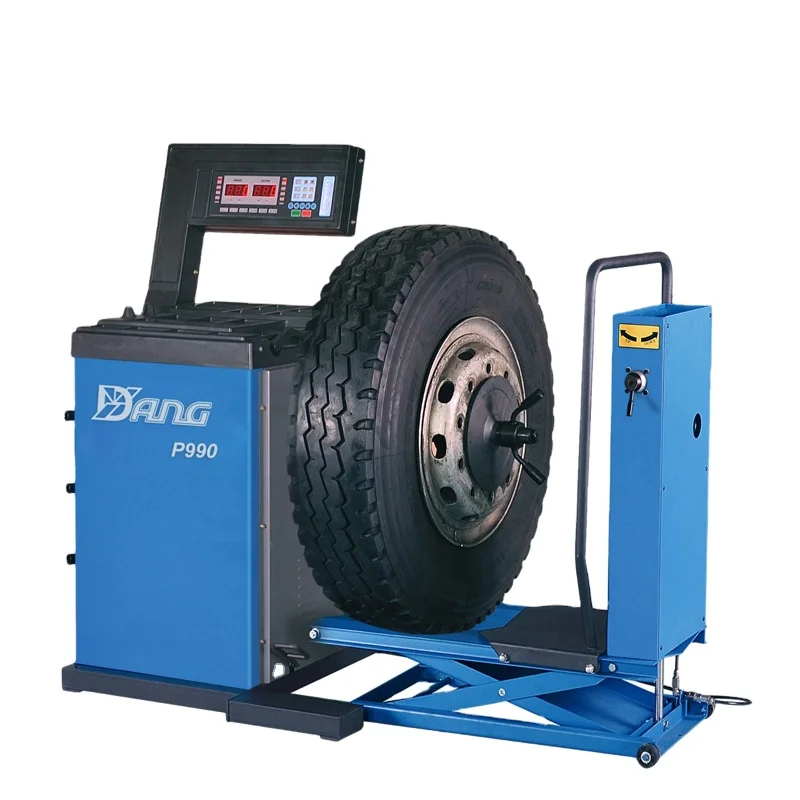 At Virginia Tire & Auto, we use cutting-edge technology from Hunter Engineering to accurately evaluate and adjust the angles of your vehicle’s wheels.
At Virginia Tire & Auto, we use cutting-edge technology from Hunter Engineering to accurately evaluate and adjust the angles of your vehicle’s wheels.
Computerized Alignment service at Virginia Tire & Auto costs $99.99, and Premium Alignment service costs $159.99. Both services come with a 6-month, 6,000-mile warranty.
A Computerized Alignment is fine for most cars, but a Premium Alignment is required for European cars because of their complex steering, suspension and computer systems.
Wheel Balancing
A typical wheel balance service costs anywhere from $15–$50 per tire.
At Virginia Tire & Auto, we offer two types of tire balancing: standard balancing and Road Force Balancing. Standard balancing costs $16 per tire and addresses any up-and-down imbalances. It comes with a 6-month, 6,000-miles warranty.
Road Force Balancing uses specialized equipment to solve balancing issues that a standard balance cannot fix. It costs $32 per tire and comes free with any tire purchase at Virginia Tire & Auto. And, barring any damage to the wheel assembly, you’ll only need to get a Road Force Balance once in the life of the tire.
And, barring any damage to the wheel assembly, you’ll only need to get a Road Force Balance once in the life of the tire.
Similar to most car maintenance services, there is no absolute answer to how often you should get an alignment or tire balance. There are a lot of factors to consider, including how frequently you drive your vehicle, the quality of the roads you drive on, and the quality of your tires.
You should always check your vehicle owner’s manual to find out what the manufacturer recommends. But, generally, wheel balancing is typically required more often than wheel alignment.
A good rule of thumb is to have your wheel alignment and balance checked every 12,000–15,000 miles or once a year (unless you’ve gotten a Road Force Balance service). You should also get your alignment checked and wheels balanced anytime you install new tires. Doing so will help you cut down on costly repairs and fuel costs and give you peace of mind on the road.
Every tire purchase at Virginia Tire & Auto comes with tires&, our easy-installation and worry-free driving package, which helps you save on wheel alignment and balance services. Tires& includes Road Force Balancing, which is good for the life of the tire, as well as a free alignment check.
For the best alignment and balancing service with industry-leading equipment, trust the tire experts at Virginia Tire & Auto. Drop by your local store for service or schedule an appointment online anytime.
by Mark Stevens
Last Updated on May 27, 2021
Wheel balancing is a very important procedure that prevents the wheels and tires on your car from vibrating while spinning on the road.
Getting a perfect balance calls for the checking of any heavy spots at the point where the wheels and tires meet.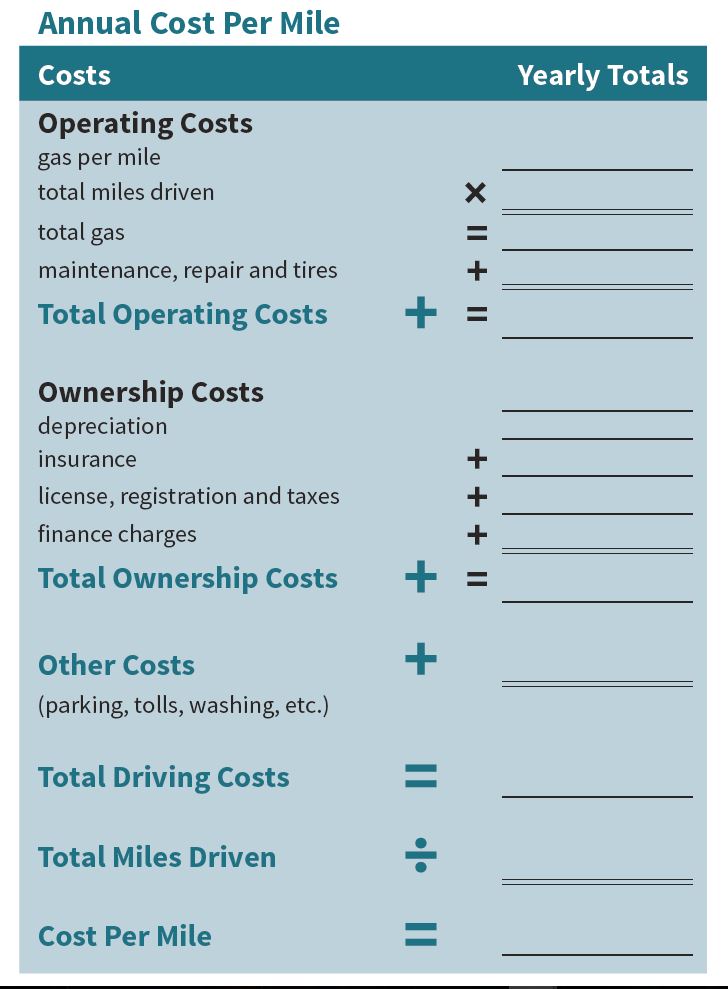 After identifying such spots, the mechanics can compensate for it by engaging a good-sized lead weight on the reverse end of the wheel having the heavy spot.
After identifying such spots, the mechanics can compensate for it by engaging a good-sized lead weight on the reverse end of the wheel having the heavy spot.
Need help with a car problem RIGHT NOW?
Click Here to chat online with a verified mechanic who will answer your questions.
Table of Contents
Your vehicle needs rebalancing every time you replace your tires and have them installed on your wheels. In addition, wheel balancing is needed if you change wheels such as when upgrading stock wheels to aftermarket wheels.
If you ever feel your steering wheel shake abnormally while driving, you’ll also want to have your wheels rebalanced. One of the weights may have fallen off the wheel or it could be another problem entirely but wheel balancing never hurts even if it’s just used for diagnostics.
A wheel-balancing machine simply spins the wheel for about 10-15 seconds to determine if the wheel has the right balance as it rotates. As such, the mechanic can easily identify the right spots to place the weights, which guarantees an evenly rotating wheel on the road.
As such, the mechanic can easily identify the right spots to place the weights, which guarantees an evenly rotating wheel on the road.
Symptoms of unbalanced tires include: uneven tire wear, steering wheel vibrations, poor gas mileage, and other things that may cause extra wear and tear on your vehicle. Along with wheel alignments, wheel balancing is necessary maintenance. If you have a bad wheel alignment, the symptoms may be similar.
The average wheel balancing cost ranges between $30 and $100 for all the four wheels of your car. However, it can cost you approximately $10 to $15 per wheel as dictated by your vehicle’s make and model as well as the rates offered by the service provider.
It is worth noting that wheel-balancing services typically have higher costs at car dealers compared to tire shops (Discount Tire, Le Schwab, etc.), Costco, alignment shops, or independent auto repair shops. For instance, you can have your four wheels balanced at a typical tire shop chain for about $15 per wheel. On the other hand, a car dealership may charge you $20 to $25 per wheel depending on make and model.
For instance, you can have your four wheels balanced at a typical tire shop chain for about $15 per wheel. On the other hand, a car dealership may charge you $20 to $25 per wheel depending on make and model.
A thoroughly complete wheel balancing takes account of tire mounting and tire rotation. Tire mounting is the process of placing the tire on the wheel while tire rotation involves changing the specific locations of individual tires on the vehicle.
Doing this ensures that tires wear down evenly because front tires erode faster than rear tires and such a process can incur an average cost of approximately $3 to $12 per wheel.
For instance, for the four wheels, several automotive repair shops charge an average of $40 for balancing, $20 for mounting and $12 for rotation. Alternatively, they charge an average of $48 for a complete tire installation package including wheel rotation, mounting, balancing and installing a new valve stem for the four wheels.
Occasionally, various tire repair shops as well as dealership service departments run promotional deals and provide discount coupons to car owners. You should take advantage of these offers to help you save a significant amount of money on car maintenance.
You should take advantage of these offers to help you save a significant amount of money on car maintenance.
It’s advisable to stick to one or two shops to service your car as most of them usually give coupons periodically to their loyal customers. Furthermore, some tire stores and auto repair shops try to attract new customers by giving them discount coupons on sign up. You can use such offers to cut down the expenses on car maintenance including wheel balancing.
Related: Average Wheel Alignment Cost
Anytime you experience an irregular vibration through your car’s steering wheel irrespective of the speed at which you are driving at, wheel balancing is often the cure for everything to return to normal. Precisely, the unevenly balanced mass in the tire results in constant vibrations and transfers to the steering wheel through the suspension system. This sensation is known as steering shake.
Read also: Average Shock and Strut Replacement Cost
Categories Tires & Wheels Tags balanceAsk a question, get an answer ASAP!
Despite frequent thaws and constant snow removal by public utilities, winter tires for bicycles are more a necessity than a luxury. Sharp changes in air temperature and humidity take place in almost any part of Russia.
Sharp changes in air temperature and humidity take place in almost any part of Russia.
Intraday changes in weather conditions can lead to the formation of ice, ice and snow crust on city roads and parks. That is why bikers who cannot imagine life without an iron horse recommend purchasing a set of spikes in the fall or spring - during the sales period.
Of course, the advantages of winter tires are obvious:
Freedom of movement - good winter tires allow you to move even on ice and small snowdrifts (10-15 cm), which opens up the possibility of driving on extreme routes.
A variety of tread patterns and rows of metal studs will allow you to choose the perfect pair of tires for riding in a specific climate zone.
Owners of light bikes made with aluminum and carbon frames are usually not put off by the cost of tires. Lightweight frames are not cheap, so city bikers and mountain bikers know what they're getting into. However, many of them do not like the heavy weight of the winter spare. Riding a long part of the year on light and ultralight bikes, the difference between summer and winter tires is especially sensitive for them.
The disadvantages of studded bicycle tires include the high cost of accessories. Yes, the price of a spare tire for frosty rides is slightly higher than the price list for similar models for summer and off-season riding. However, paying for a quality product is a kind of insurance for a cyclist against unpleasant consequences: bruises, fractures and dislocations when falling off a bike.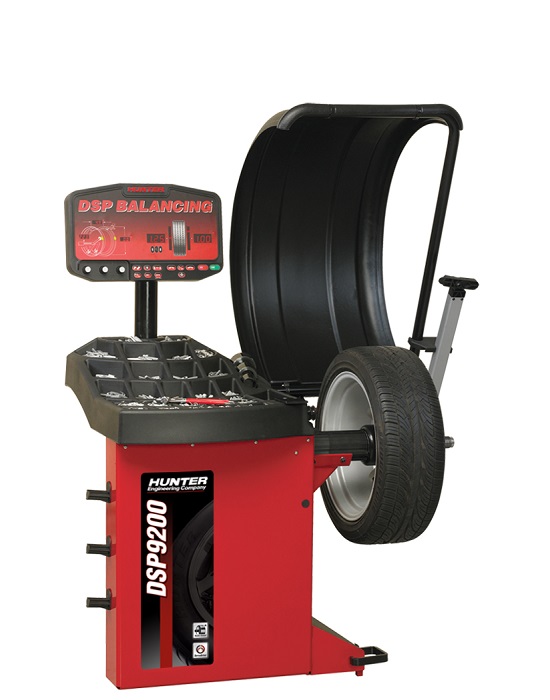
In addition, some cyclists report poor tire rolling on snow. However, this is due not so much to the design of seasonal models as to the features of the track surface. Snow and slush create additional friction and worsen the passability of cycling, therefore, to overcome the same segment in winter and summer, a different amount of effort and pedal revolutions are required.
First of all, you need to determine your needs and riding style based on the types of winter tires for a bicycle.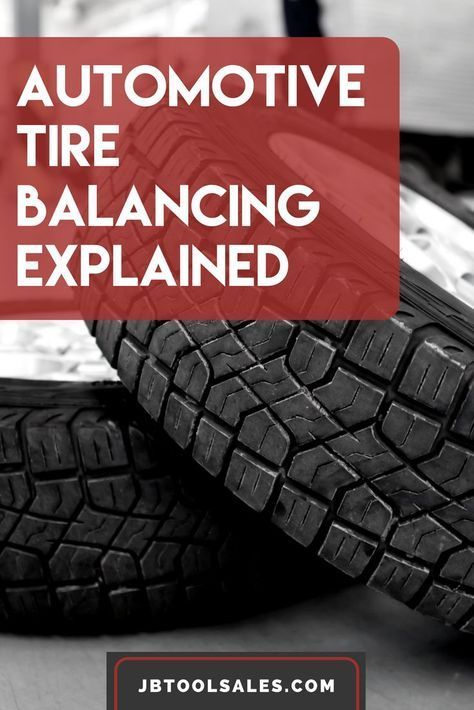 Cross-country semi-slicks are suitable for city dwellers and those who travel from point A to point B along the road cleaned by public utilities.
Cross-country semi-slicks are suitable for city dwellers and those who travel from point A to point B along the road cleaned by public utilities.
Mud tires will appeal to those who love short distances and those whose tracks pass through snowy areas and parks.
The narrower the width of the spare tire, the more suitable it is for driving in small snowdrifts. Narrow spikes easily cut through the snow layer to a hard layer. Wide tires will get stuck in the snow, not reaching the base, which will significantly reduce the bike's handling. However, one should not exaggerate the advantages of narrow wheels - in practice, not a single bicycle tire can cope with snow more than 15 centimeters high.
A cyclist will be able to cover several hundred meters before he gets tired of intense physical activity, and turning in the snow will be an impossible task. Wide models are chosen by those cyclists who plan to ride on snow crust, well-trodden paths and winter roads, as well as on mud during the thaw period.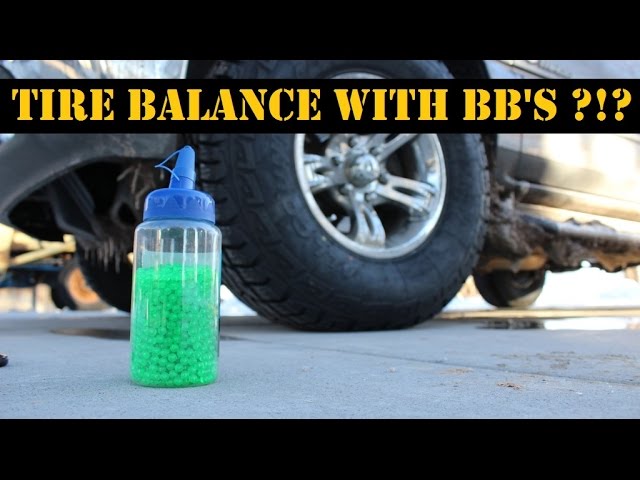
If you don't know how to choose winter tires for your bike, pay attention to the number of rows with metal studs. Two-row and four-row models are distinguished by the stability of the bike on ice when accelerating.
For connoisseurs of measured driving, tires with a minimum number of rows are suitable, and for racers - with four rows. Some manufacturers offer six-row spikes. Such models are suitable for extreme driving in harsh conditions and aerobatics on icy surfaces.
There are two types of projectors: positive and negative. With a positive tread pattern, the total area of the load lugs is greater than the surface of the grooves. Tires with a positive design are suitable for driving on a flat road surface. They form a smooth treadmill along the longitudinal axis.
Negative texture is characterized by high load lugs and a small area of these parts compared to the surface area of the furrows. Spare tires with a negative pattern are used to travel on rough tourist routes with snow and mud.
If you are looking for a relatively inexpensive winter tire for a bicycle, take a look at the KENDA and CHAO YANG models. They are presented in our online store, are bestsellers and are tested by the staff in the process of city driving, fast freeriding and walking in snowy parks.
In the absence of financial constraints, experienced cyclists also recommend that you consider purchasing the NOKIAN and SHWALBE models.
To increase the life of your spare tires, follow these simple rules:
Need help? Call +7 (812) 409-38-33 any day of the week from 11:00 to 20:00. The operator of the Deluxe Sport online store will help you choose studs for the winter season and tell you how to place an order.
Sport bags
Hair accessories
Rubber modular for stretching PASTORELLI SENIOR. Art. 03186 (Code: 03186)
EUR 15.00
Manufacturer: Italy
Quantity in stock: 51
Buy More
Rubber for stretching PASTORELLI JUNIOR. Art. 03187 (Code: 03187)
EUR 14.00
Manufacturer: Italy
Quantity in stock: 13
Buy More
Stretching cushion Tuloni, size 24 x 13 cm col. Black (Code: T0198)
Black (Code: T0198)
EUR 10.00
Manufacturer: Tuloni
Quantity in stock: 0
More
Gymnastic block Amaya (Code: block)
EUR 10.00
Manufacturer: Tuloni
Quantity in stock: 7
Buy More
Balancing mat 28x17x5 cm Black Art. T2909 (Code: T2909)
EUR 7.00
Manufacturer: Tuloni
Quantity in stock: one
Buy More
Balance cushion Tuloni 30 cm col. Blue (Code: T2910)
Blue (Code: T2910)
EUR 14.00
Manufacturer: Tuloni
Quantity in stock: 2
Buy More
Balance board, Art. 10236 (Code: 10236)
EUR 27.00
Manufacturer: Italy
Quantity in stock: four
Buy More
ball pump (Code: T1090)
EUR 10.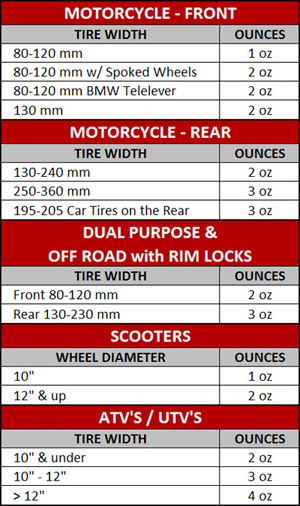 00
00
Manufacturer: Tuloni
Quantity in stock: 9
Buy More
Lid for stick case PASTORELLI, Art. 00422 (Code: 00422)
EUR 2.00
Manufacturer: Pastorelli
Quantity in stock: 2
Buy More
Spare rubber grip for PASTORELLI stick, blue, Art. 00418 (Code: 00418)
EUR 4.00
Manufacturer: Pastorelli
Quantity in stock: eight
Replacement rubber stick grip (also fits SASAKI sticks)
Buy More
Spare rubber grip for PASTORELLI stick, pink, Art. 00417 (Code: 00417)
00417 (Code: 00417)
EUR 4.00
Manufacturer: Pastorelli
Quantity in stock: 7
Replacement rubber stick grip (also fits SASAKI sticks)
Buy More
Spare rubber grip for PASTORELLI stick, black, Art. 00434 (Code: 00434)
EUR 4.00
Manufacturer: Pastorelli
Quantity in stock: 12
Replacement rubber stick grip (also fits SASAKI sticks)
Buy More
Spare rubber handle for PASTORELLI stick, purple, Art.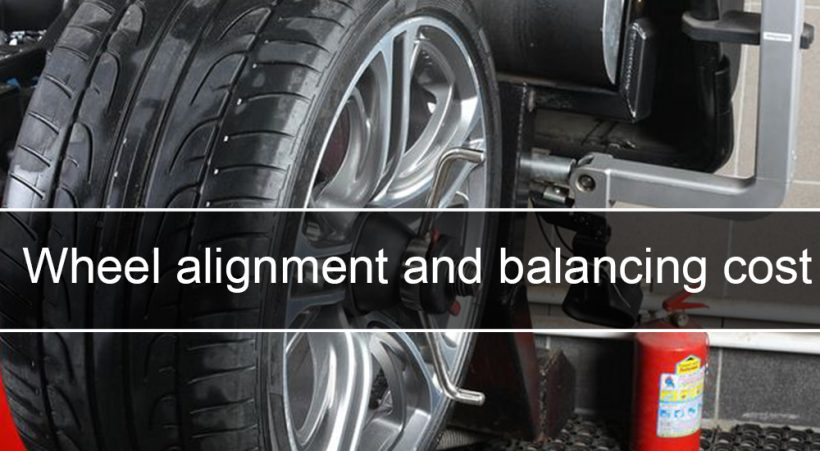 02297 (Code: 02297)
02297 (Code: 02297)
EUR 4.00
Manufacturer: Pastorelli
Quantity in stock: 12
Replacement rubber stick grip (also fits SASAKI sticks)
Buy More
Spare rubber grip for PASTORELLI stick, white, Art. 01967 (Code: 01967)
EUR 4.00
Manufacturer: Pastorelli
Quantity in stock: ten
Replacement rubber stick grip (also fits SASAKI sticks)
Buy More
Rubber band for stretching 120x15 cm, thickness 0.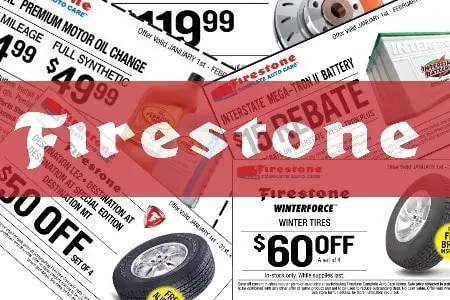 35 mm (Code: 20173)
35 mm (Code: 20173)
EUR 6.00
Manufacturer: Italy
Quantity in stock: 9
Buy More
Rubber band for stretching 120x15 cm, thickness 0.5 mm, Art. 20172 (Code: 20172)
EUR 6.00
Manufacturer: Italy
Quantity in stock: one
Thickness 0.5 mm. Color may vary from shown.
Buy More
Transparent case for sticks PASTORELLI, Art.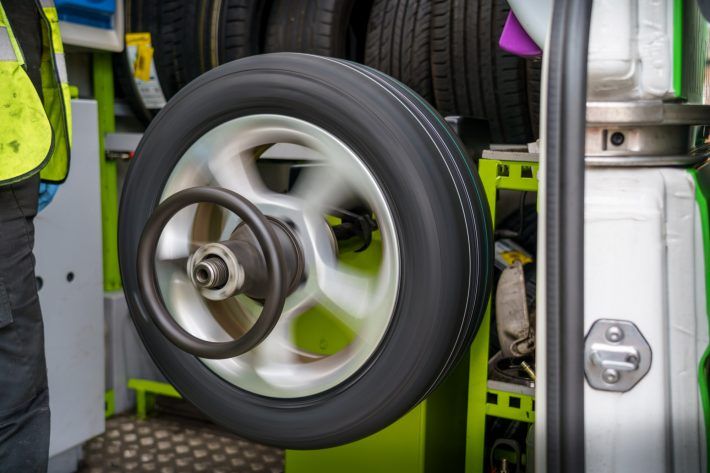 00421 (Code: 00421)
00421 (Code: 00421)
EUR 9.00
Manufacturer: Pastorelli
Quantity in stock: 2
Buy More
Weights Tuloni 2 x 300 = 600 gr (Code: T1076-600)
EUR 11.00
Manufacturer: Tuloni
Quantity in stock: one
Buy More
Weights Tuloni 2 x 300 = 600 gr (Code: T1073-600)
EUR 11. 00
00
Manufacturer: Tuloni
Quantity in stock: 0
More
Weights Tuloni 2 x 250 = 500 gr (Code: t0199-500)
EUR 11.00
Manufacturer: Tuloni
Quantity in stock: 0
More
Weights 0.25 kg for legs/arms, 2 pcs., Art. 20435 (Code: 20435)
EUR 11.00
Manufacturer: Italy
Quantity in stock: 13
Buy More
Weights 0. 5 kg for legs/arms, 2 pcs., Art. 20233 (Code: 20233)
5 kg for legs/arms, 2 pcs., Art. 20233 (Code: 20233)
EUR 11.00
Manufacturer: Italy
Quantity in stock: 6
Buy More
Weights 1 kg for legs/arms, 2 pcs., Art. 20232 (Code: 20232)
EUR 12.00
Manufacturer: Italy
Quantity in stock: 2
Buy More
Mat for gymnastics and aerobics, 180x60x0.8 cm (Code: matt180x60)
EUR 10. 00
00
Manufacturer: Pastorelli
Quantity in stock: 0
More
Cord for stick, Art. 00428 (Code: 00428)
EUR 2.00
Manufacturer: Pastorelli
Quantity in stock: 5
Buy More
Tuloni thread for attaching the tape (Code: T0923)
EUR 6.00
Manufacturer: Pastorelli
Quantity in stock: 7
Buy More
Spare parts for stick (carabiner and ring), Art. 00433 (Code: 00433)
00433 (Code: 00433)
EUR 4.00
Manufacturer: Pastorelli
Quantity in stock: 2
Buy More
50 mm sports bandage, Art. 02219 (Code: 02219)
EUR 9.00
Manufacturer: Pastorelli
Quantity in stock: one
sport bandage tape to be used with tape underwrap, length 25 m, width 50 mm.
Buy More
Tape reel Pastorelli, Art.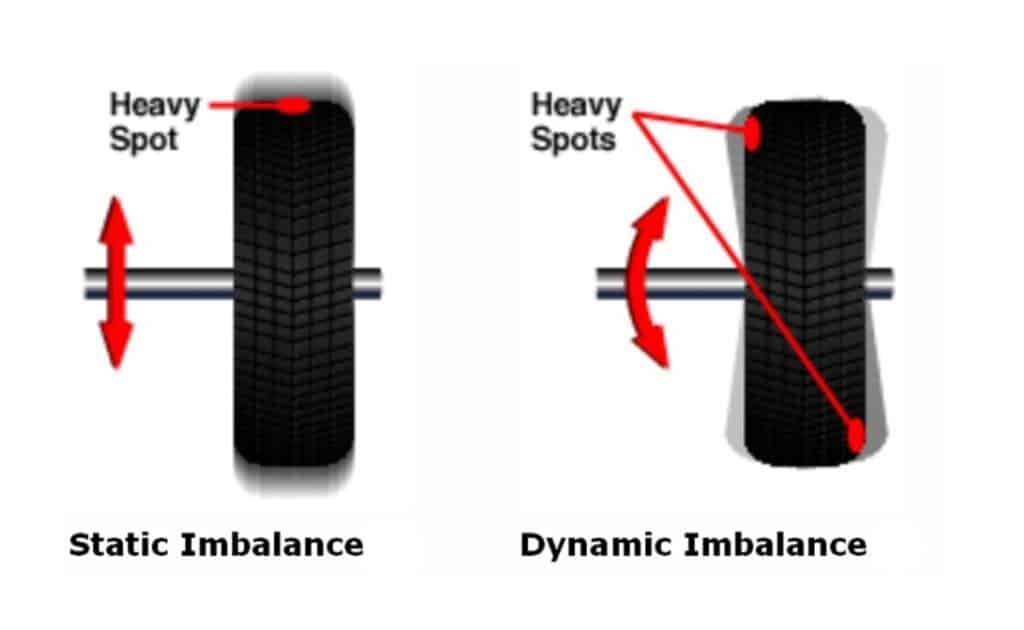 02924 (Code: 02924)
02924 (Code: 02924)
EUR 20.00
Manufacturer: Italy
Quantity in stock: 12
Buy More
Spare parts Tuloni stick (carabiner and ring) (Code: T0924)
3.00 EUR
Manufacturer: Pastorelli
Quantity in stock: one
Buy More
Stick case Tuloni col. White 62cm Art. T0967 (Code: T0967)
EUR 6.